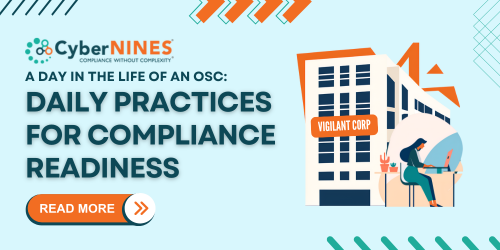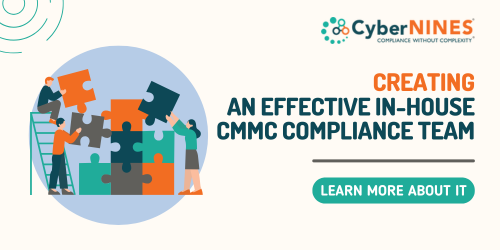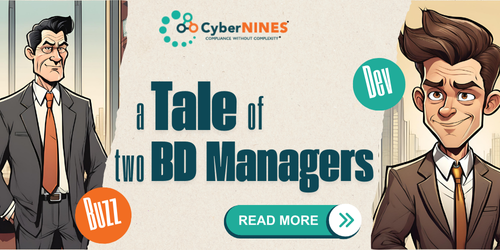.png)
NEWS & UPDATES
.png)

Another workday is starting at Vigilant Corp. Vigilant Corp. is an Organization Seeking...

No doubt you’re familiar with the saying “It takes a village to raise a child.” In other words, for...

As a DoD contractor or subcontractor, you already have CMMC on your radar. You’re working toward...

It was the best of times; it was the worst of times. It was the age of ignorance; it was the age of...




.png)
%20-%202022-09-23.png)

